'Worm Tower'? Ever tried this?
hellius
13 years ago
Featured Answer
Sort by:Oldest
Comments (8)
randomz
13 years agoRelated Professionals
Saint Louis Park Landscape Architects & Landscape Designers · Anderson Landscape Contractors · Edmond Landscape Contractors · Emmaus Landscape Contractors · Fort Atkinson Landscape Contractors · Shirley Landscape Contractors · West Orange Landscape Contractors · Hawaiian Gardens Landscape Contractors · Palos Heights Landscape Contractors · Evans General Contractors · Havelock General Contractors · Mount Holly General Contractors · Sauk Village General Contractors · Seguin General Contractors · Sulphur General Contractorshellius
13 years agoborderbarb
13 years agorowley_birkin
13 years agorandomz
13 years agoplumiebear
13 years agoantoniab
13 years ago
Related Stories

GARDENING GUIDESHouzz TV: Make a Worm Bin for Rich Soil and Happy Plants
A worm-powered compost bin that can fit under a sink turns food scraps into a powerful amendment for your garden. Here’s how to make one
Full Story
DECORATING GUIDESThe Dumbest Decorating Decisions I’ve Ever Made
Caution: Do not try these at home
Full Story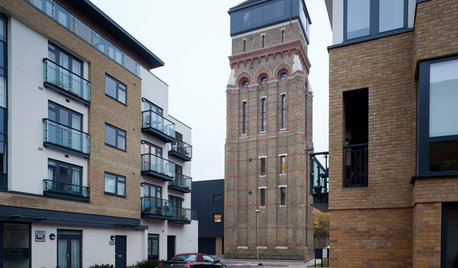
ARCHITECTUREHouzz Tour: Towering Above London in a 7-Story Home
Maximizing see-forever views, the U.K. couple who converted this water tower are aiming high
Full Story
HOUZZ TOURSHouzz Tour: New Tower Rises From a Midcentury Ranch House
An Austin homeowner and her architect expand on the original vision of A.D. Stenger, who designed the ’60s-era home
Full Story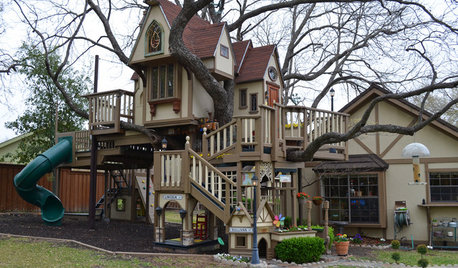
MOST POPULARThe Most Incredible Kids' Tree House You'll Ever See?
Duck your head to enter this unforgettable Dallas wonderwork, lovingly crafted with imaginative delights
Full Story
FARM YOUR YARD9 Ways to Change Up Your Vegetable Garden for the Coming Season
Try something new for edible plantings that are more productive than ever
Full Story
LANDSCAPE DESIGNGreat Design Plant: Retreat to the Shade of Hardy Catalpa
Big foliage and a towering height provide a shady respite in summer, but that's not all hardy catalpa offers dedicated gardeners
Full Story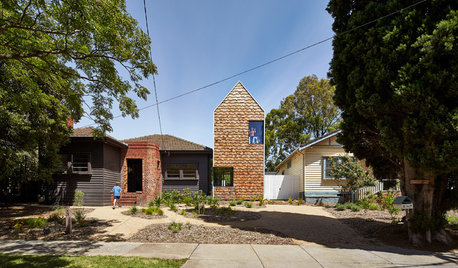
MOST POPULARHouzz Tour: A Playful Home Drawn Up by 8-Year-Old Twins
Plans for this innovative tower home in Melbourne were going nowhere — until the homeowners’ twins came to the rescue
Full Story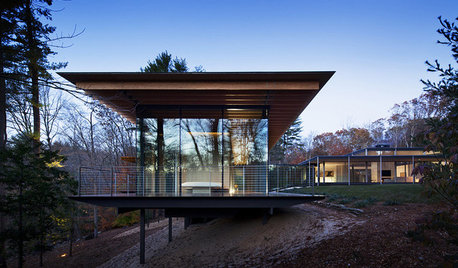
ARCHITECTUREDesign Workshop: How to Make a Home Sit Lightly on the Land
Piers, cantilevers, towers and more can help minimize a home’s environmental impact on its site
Full Story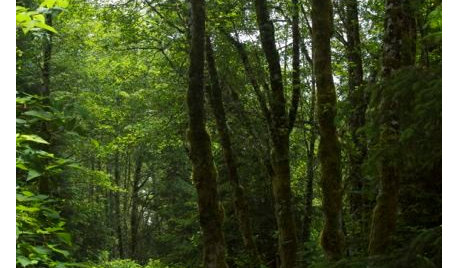
LANDSCAPE DESIGNLet Nature Inspire Your Landscape: Ideas for a Woodland Garden
Fill your senses with the magic of a wild forest-inspired garden — from shady understory plants to towering treetops
Full StorySponsored
More Discussions






rookie09